We are living in a big city where everything is available 24/7;
our kids play tennis and football and every Wednesday;
they go to the piano class; my husband plays golf and I go to the gym twice a week.
Why would we need to learn bushcraft and survival skills?”
Good question!
Moving and playing in any way is good for your mental and physical health as long as it is not too repetitive and some creativity is required. But what about:
- your family’s reconnection with nature and with their wilder selves?
- How many animals do you see in one week?
- When was the last time your kids felt the rain on their skin before you “protected” them from it, stuffing them into expensive rain gear?
So?
Doctors, mental health experts, academics and sociologists have suggested that:
- when kids stop going out into the natural world to play, it can affect not just their development as individuals, but their socialization as a whole.
- Free and unstructured play in the outdoors boosts problem-solving skills and improves focus and self-discipline. Socially, it improves cooperation, flexibility, and self-awareness.
- Emotional benefits include reduced aggression and increased happiness.
- Children will be smarter, better able to get along with others, healthier, and happier when they have regular opportunities for free and unstructured play in nature.
As a child, I spent most of my time outdoors (and as an adult as much as possible). In the days just before mobile phones, the internet and flat screen TVs, playing outside was the most normal, logical, and obvious activity.
We explored fields, woods, and streams. But children and young people play differently now. A survey showed half of children aged 7-12 years are not allowed to climb a tree without adult supervision, and half also report that they have been stopped from climbing trees because it was considered to be too dangerous.
Children need to push their boundaries, explore their limits, and overreach some times. This helps them to develop and realize their own unique abilities and build a greater sense of self-confidence. Without adventurous play, we are less able to deal with stressful and challenging situations later in life. Playing is an essential part of growing up. Adventurous play challenges and excites children, and helps instill critical life skills.
Play is probably the most important facet of childhood, but personally, I believe that we could take it a step further.
Bushcraft with some survival skills is one of the best ways to let kids play and reconnect with nature. Bushcraft is about learning the skills of surviving and thriving in the natural environment and acquiring the ancient skills and knowledge to do so. Bushcraft skills include firecraft, tracking, hunting, fishing, shelter building, using tools such as knives and axes, foraging, hand-carving wood, constructing containers from natural materials, rope and twine-making, and many other skills that were well known to our ancestors. Many are still practiced today amongst aboriginal and native peoples around the world.
Ok, I got that. I kind of understand what bushcraft is, but how is the concept of “survival” different with bushcraft?
Wilderness survival refers to short-term survival in an emergency in “the wilderness.” You are doing anything and everything to get out of the wild.
However, bushcraft is a skill set that will allow you to stay in the wild for the long-term. Bushcraft is knowledge of how to live in the wilderness, not just visit it. It’s about knowing how to use the trees, low-lying plants, and animals of the ecosystem you find yourself in. It’s more than just getting the job done at all costs.
Wilderness survival is gritty, challenging, and on the edge of living or dying. It’s all about knowing your priorities and conserving your energy and resources.
Unfortunately, people in developed countries have lost these skills, and therefore, their connection with nature.
Got it! My kids should learn some bushcraft and survival techniques, but I as an adult, should I do so as well?
I am convinced that learning a good mix of both survival and bushcraft techniques is good for your kids, for yourself, and for the family as a whole.
What can be more challenging and fun than building your own shelter, making your own fire, sleeping under a sky sprinkled with stars and listening to the noises of wild animals through the night air? Getting out of your comfort zone and doing some survival training makes you think about what is really important in your life. You’ll find out that beside shelter, fire, food and water, the one thing vitally important in life is friendship and camaraderie – belonging to a tribe.
Take your kids outdoors to learn some bushcraft and survival skills, so you can reconnect with them and with nature, and…
Let me know how it went!
Bert
Pictures 1 & 2 by Mer Ceruzzi and Maykol García – thanks!

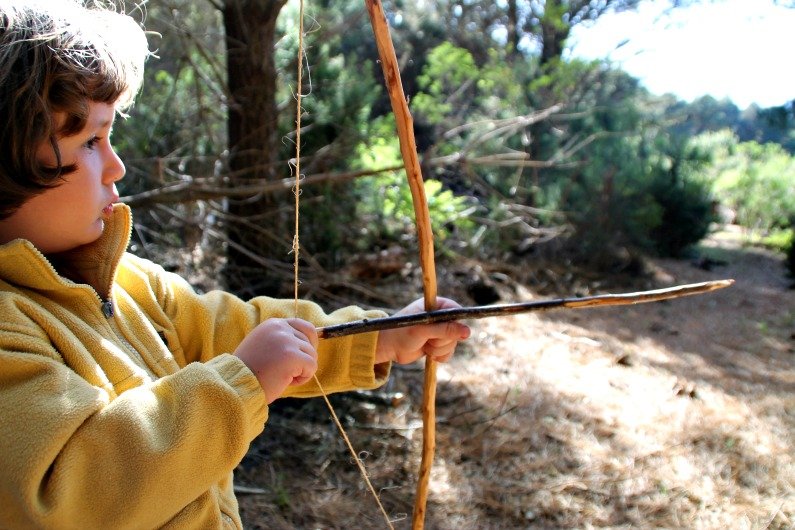
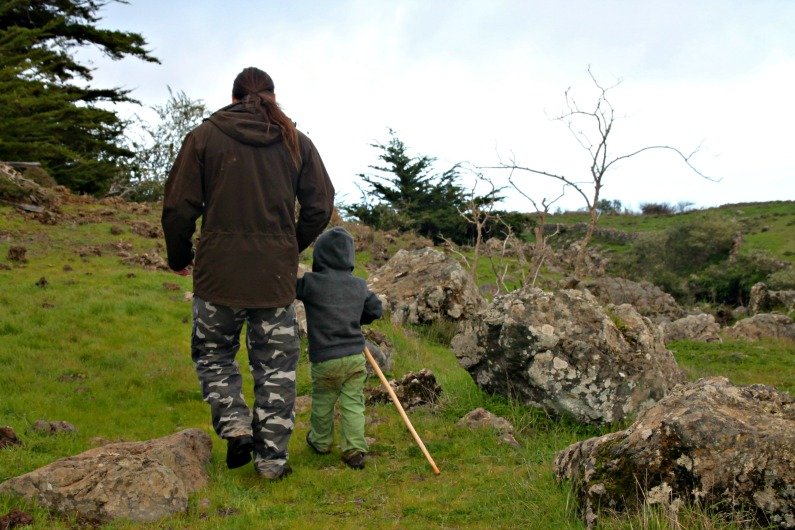

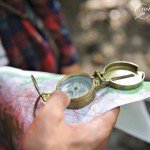
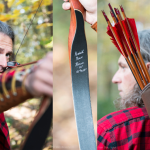
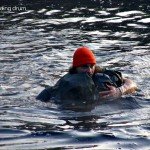

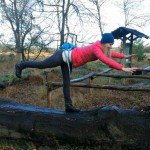
Recente commentaren